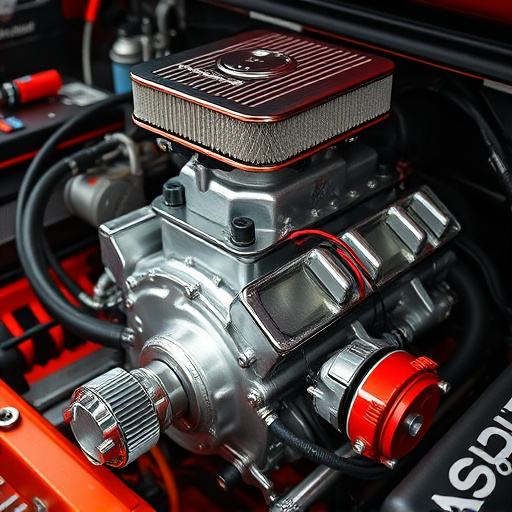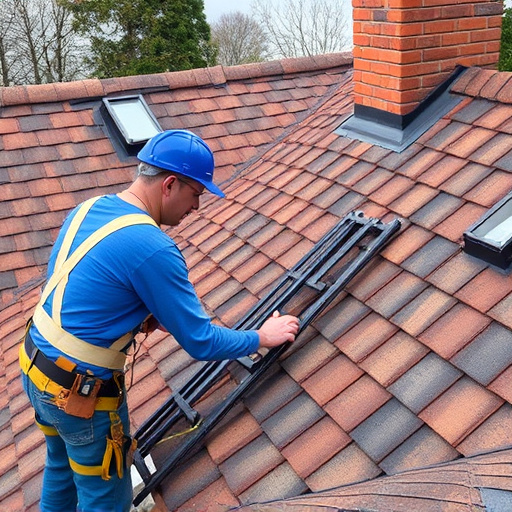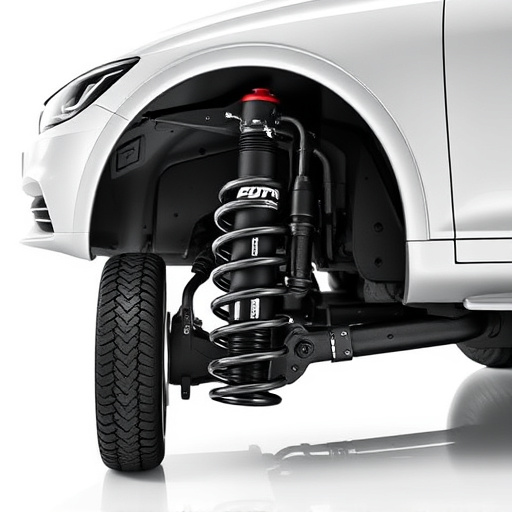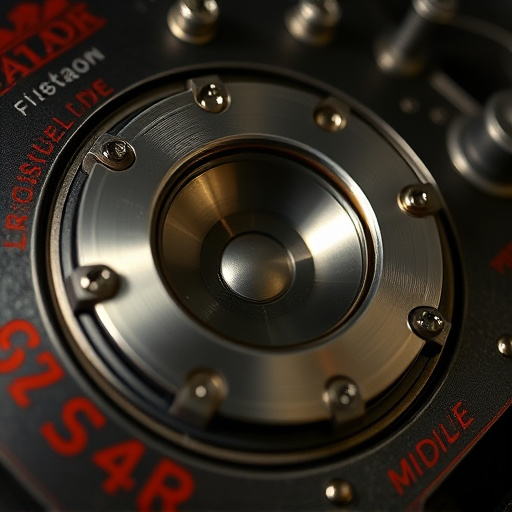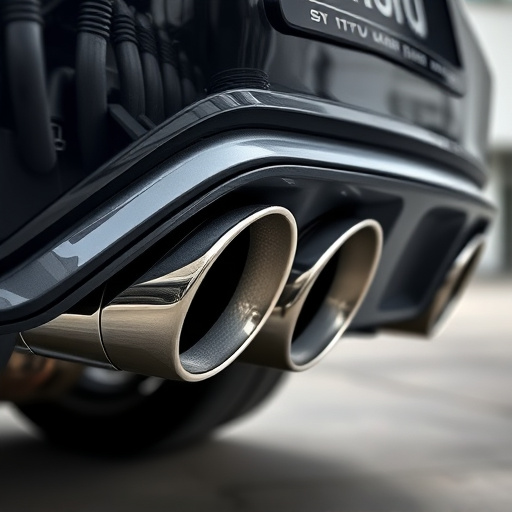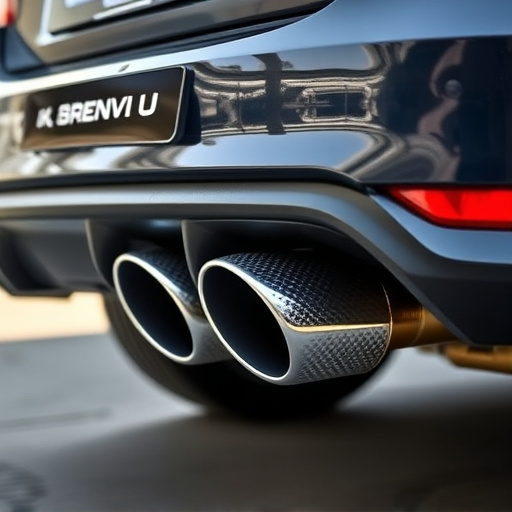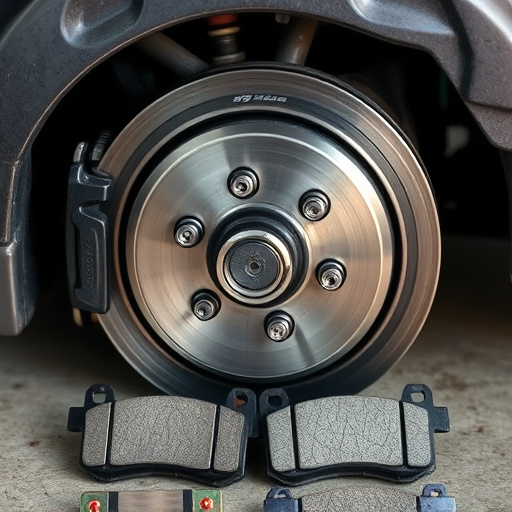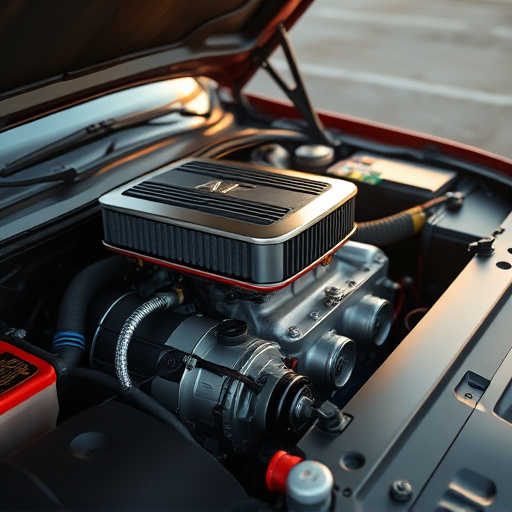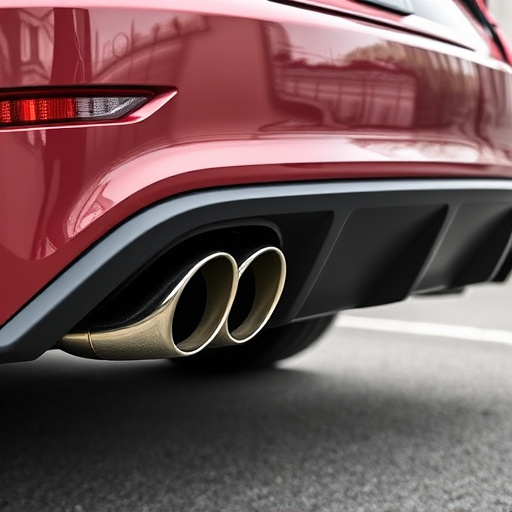Straight pipe exhaust systems enhance engine performance and driving experience with straightforward design, better sound quality, and easy installation. However, they cause excessive noise, reduced efficiency, and lower performance compared to modern setups. Partial straight pipe systems balance performance and noise, offering subtler upgrades but may lack backpressure reduction and aesthetic appeal.
“Explore the pros and cons of full vs. partial straight pipe exhaust systems in this comprehensive guide. Straight pipe exhaust configurations offer unique advantages and disadvantages, impacting vehicle performance, noise levels, and maintenance. Full straight pipe systems provide enhanced flow and power but come with higher decibel ratings. Partial systems strike a balance by offering improved fuel efficiency and reduced noise, making them a popular choice among drivers seeking a quieter ride without compromising too much on performance.”
- Advantages of Full Straight Pipe Exhaust Systems
- Disadvantages of Full Straight Pipe Exhaust Systems
- Benefits and Drawbacks of Partial Straight Pipe Systems
Advantages of Full Straight Pipe Exhaust Systems
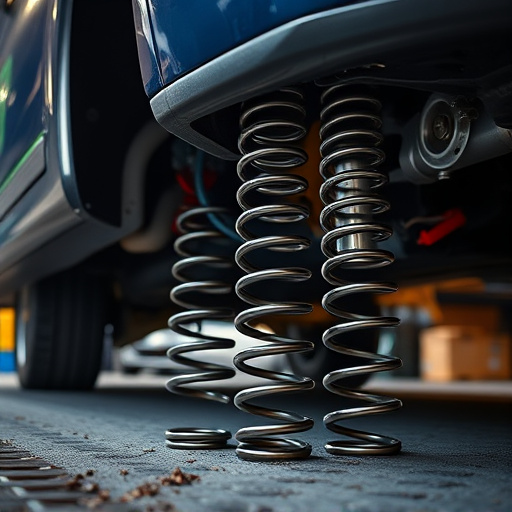
Full straight pipe exhaust systems offer several advantages that make them a popular choice among car enthusiasts. One of the key benefits is the straightforward design, which eliminates any restrictions or complications in the exhaust flow. This simple layout allows for enhanced engine performance by ensuring gases are expelled efficiently, resulting in improved horsepower and torque. Without any intermediate components like catalytic converters (cat back exhaust), the straight pipes provide a more direct path for exhaust gases to escape, leading to a smoother and more responsive driving experience.
Additionally, full straight pipe systems often contribute to better sound quality and a more aggressive exhaust note. The absence of mufflers or silencers in these setups creates a deep and robust sound that many drivers find appealing. Furthermore, installing straight pipes can be relatively straightforward, especially when compared to complex suspension kits or modifications that involve extensive changes to the vehicle’s underbody components. This simplicity can make them an attractive option for those seeking an easy performance upgrade without compromising on customization.
Disadvantages of Full Straight Pipe Exhaust Systems
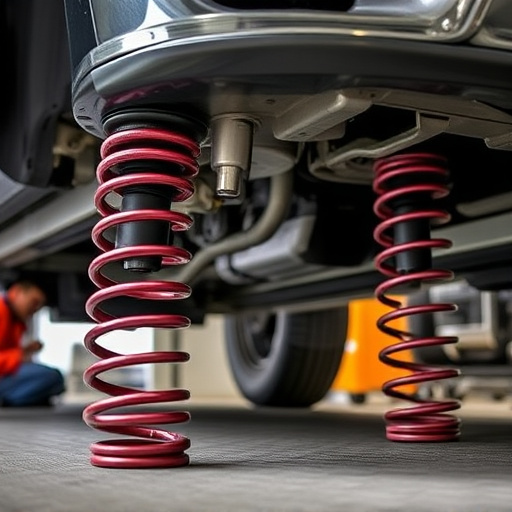
One of the primary drawbacks of full straight pipe exhaust systems is their potential for excessive noise levels. Without any muffling or tuning, these systems can produce a loud, droning sound that may be disruptive to both drivers and pedestrians. This is especially problematic in urban areas where noise pollution is a significant concern.
Additionally, full straight pipe setups often lack the performance enhancements offered by modern performance exhaust systems. They do not incorporate features like high-flow catalytic converters or optimized headers, which can result in reduced engine efficiency and power output. Moreover, these systems may struggle to provide the same level of control over exhaust gases, potentially impacting overall vehicle performance and emissions compliance when compared to more sophisticated setups, such as those with cold air intakes and high-performance parts integrated into the exhaust system.
Benefits and Drawbacks of Partial Straight Pipe Systems
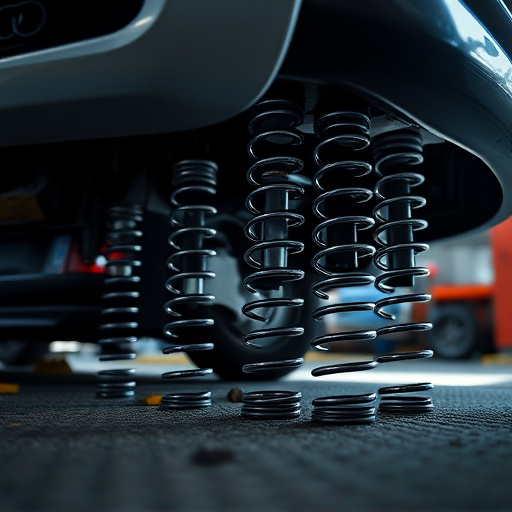
Partial straight pipe systems offer a unique balance between performance and noise levels. One of their key benefits is improved vehicle performance; by allowing exhaust gases to flow more freely, these systems enhance engine power and torque, resulting in better acceleration and overall driving dynamics. This setup is particularly appealing for car enthusiasts who want to boost their vehicle’s capabilities without excessively loud exhaust notes.
However, there are drawbacks to consider. Partial straight pipes can be less effective at reducing backpressure compared to full straight pipe systems, which might impact engine efficiency. Additionally, installation complexity could be higher due to the partial design, potentially increasing maintenance costs and requiring specialized knowledge. For those interested in enhancing their vehicle’s aesthetics with cold air intakes or coilover kits, a partial system might not provide the desired visual appeal of a cleaner, more streamlined look that full straight pipes can offer.
In conclusion, both full and partial straight pipe exhaust systems offer unique advantages for vehicle owners. Full straight pipe systems provide optimal performance benefits, while partial systems strike a balance between power and sound reduction. The choice depends on individual preferences and driving needs. Understanding the pros and cons of each system empowers car enthusiasts to make informed decisions when modifying their vehicles, ensuring they achieve the desired performance without compromising reliability or legality.




